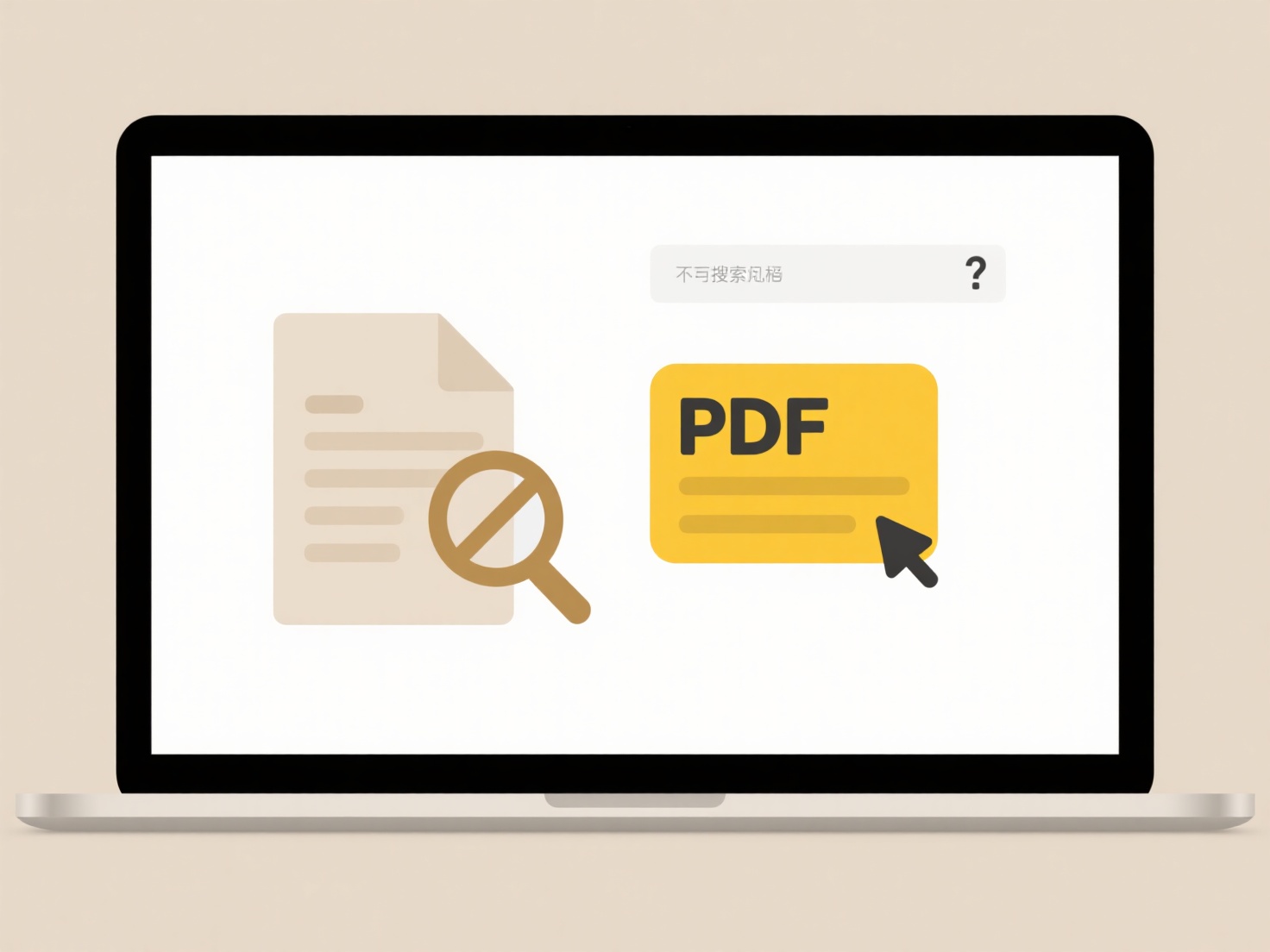
Creating a file in one location and automatically saving an identical copy in a second location isn't direct saving but rather synchronization. This involves configuring a system to continuously copy or update the file between the designated locations (like a local folder and a cloud drive, or two network paths). It differs from manually copying the file because synchronization happens automatically whenever changes are saved to the original file.
Common real-world examples include setting up synchronization between a user's local "Documents" folder and a linked cloud storage folder, such as OneDrive or iCloud Drive. Businesses often implement this using enterprise tools like Microsoft SharePoint or specialized software like rsync to replicate critical files from a primary network share to a secondary backup location or disaster recovery site.

The main advantage is data redundancy and accessibility – you have immediate backups and access from multiple points. However, it requires proper setup to avoid conflicts and unintended overwrites. Synchronization solutions depend on reliable network connections or software running consistently. Be mindful of privacy and data residency implications, especially when syncing sensitive information to cloud platforms across different jurisdictions.
Can I create a file once and save it in both locations?
Creating a file in one location and automatically saving an identical copy in a second location isn't direct saving but rather synchronization. This involves configuring a system to continuously copy or update the file between the designated locations (like a local folder and a cloud drive, or two network paths). It differs from manually copying the file because synchronization happens automatically whenever changes are saved to the original file.
Common real-world examples include setting up synchronization between a user's local "Documents" folder and a linked cloud storage folder, such as OneDrive or iCloud Drive. Businesses often implement this using enterprise tools like Microsoft SharePoint or specialized software like rsync to replicate critical files from a primary network share to a secondary backup location or disaster recovery site.

The main advantage is data redundancy and accessibility – you have immediate backups and access from multiple points. However, it requires proper setup to avoid conflicts and unintended overwrites. Synchronization solutions depend on reliable network connections or software running consistently. Be mindful of privacy and data residency implications, especially when syncing sensitive information to cloud platforms across different jurisdictions.
Quick Article Links
Can I save confidential files securely on a shared computer?
Saving confidential files on a shared computer securely requires special precautions. Unlike storing files privately on ...
How do I search video files by duration or codec?
Searching video files by duration or file length involves finding files that are a specific playback time (e.g., exactly...
What format should I use for academic submissions?
Academic submission formats refer to standardized layouts and structural requirements for written assignments, papers, o...